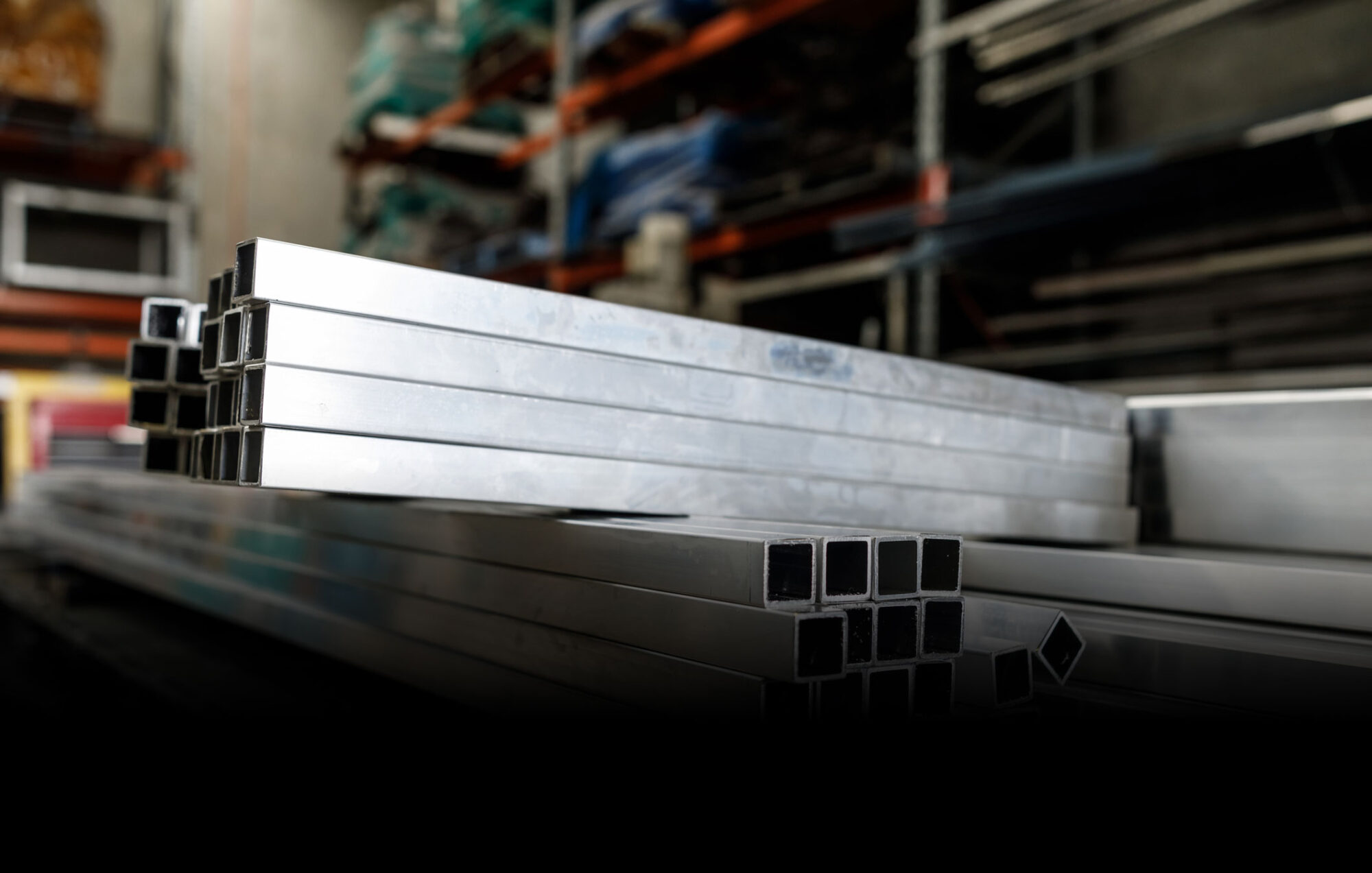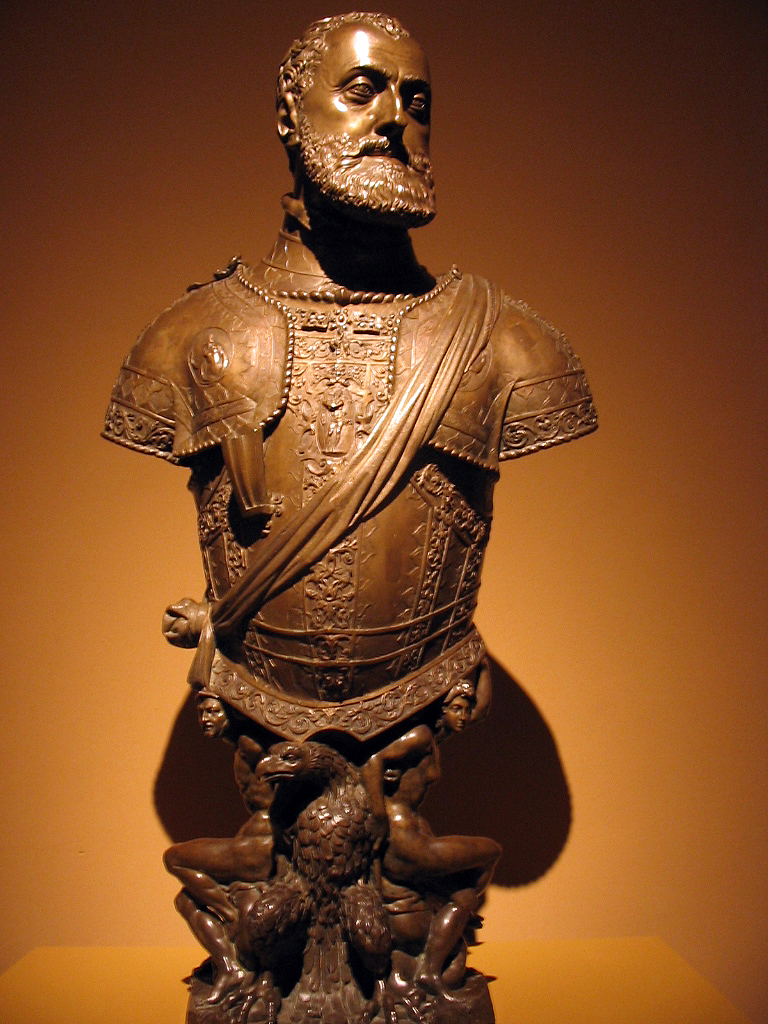Bronze Sculpting for amateurs has always been a test of will. Between find the bronze to sculpt with along with the molds and tools, can all be a task. Sculpting is not an easy art and is said to be a little more challenging than painting. Those of you who are new to sculpting ought to feel disconcerted if their projects don’t come out as well as they’d like. Working in three dimensions is quite and difficult and will probably take some getting used to.
First have a vision of exactly what you what as an end result. Common bronze alloys have the unusual and desirable property of expanding slightly just before they set, thus filling the finest details of a mould. Then, as the bronze cools, it shrinks a little, making it easier to separate from the mould.[1] Their strength and ductility (lack of brittleness) is an advantage when figures in action are to be created. There are many different bronze alloys, and the term is now tending to be regarded by museums as too imprecise, and replaced in descriptions by “copper alloy”, especially for older objects. Typically modern bronze is 88% copper and 12% tin. Most bronze pieces are created with wax and then covered in bronze.

